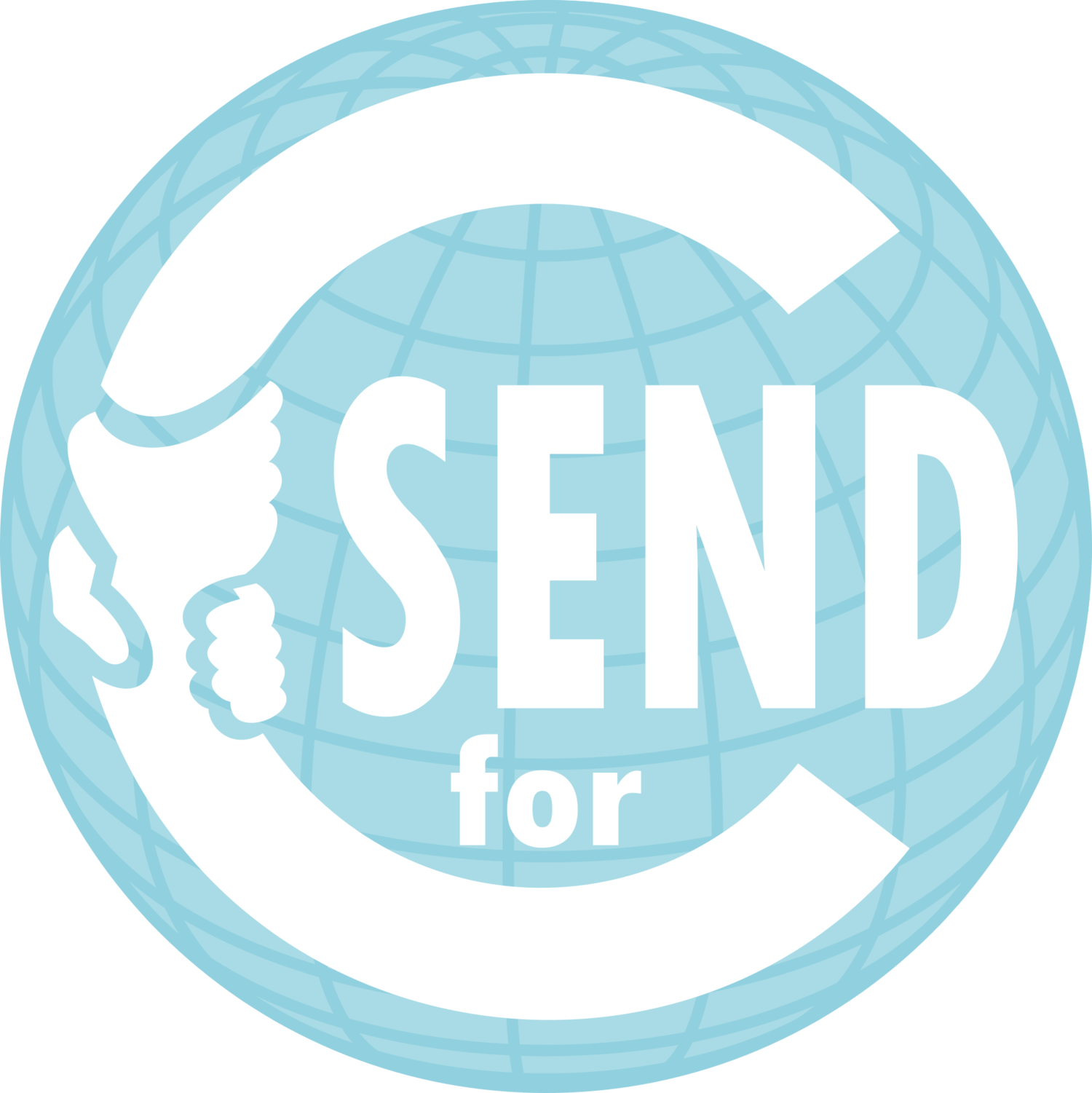SENDforC’s members are practitioners of what they preach. In the next couple of years, these young university student leaders hope to connect with K-12 youth and guide them through their own initiatives.
See some of the work produced by our socially engaged STEM entrepreneurs form the original UCSD chapter and stay tuned as we provide updates on our new cohort of members and development of K-12 student projects!
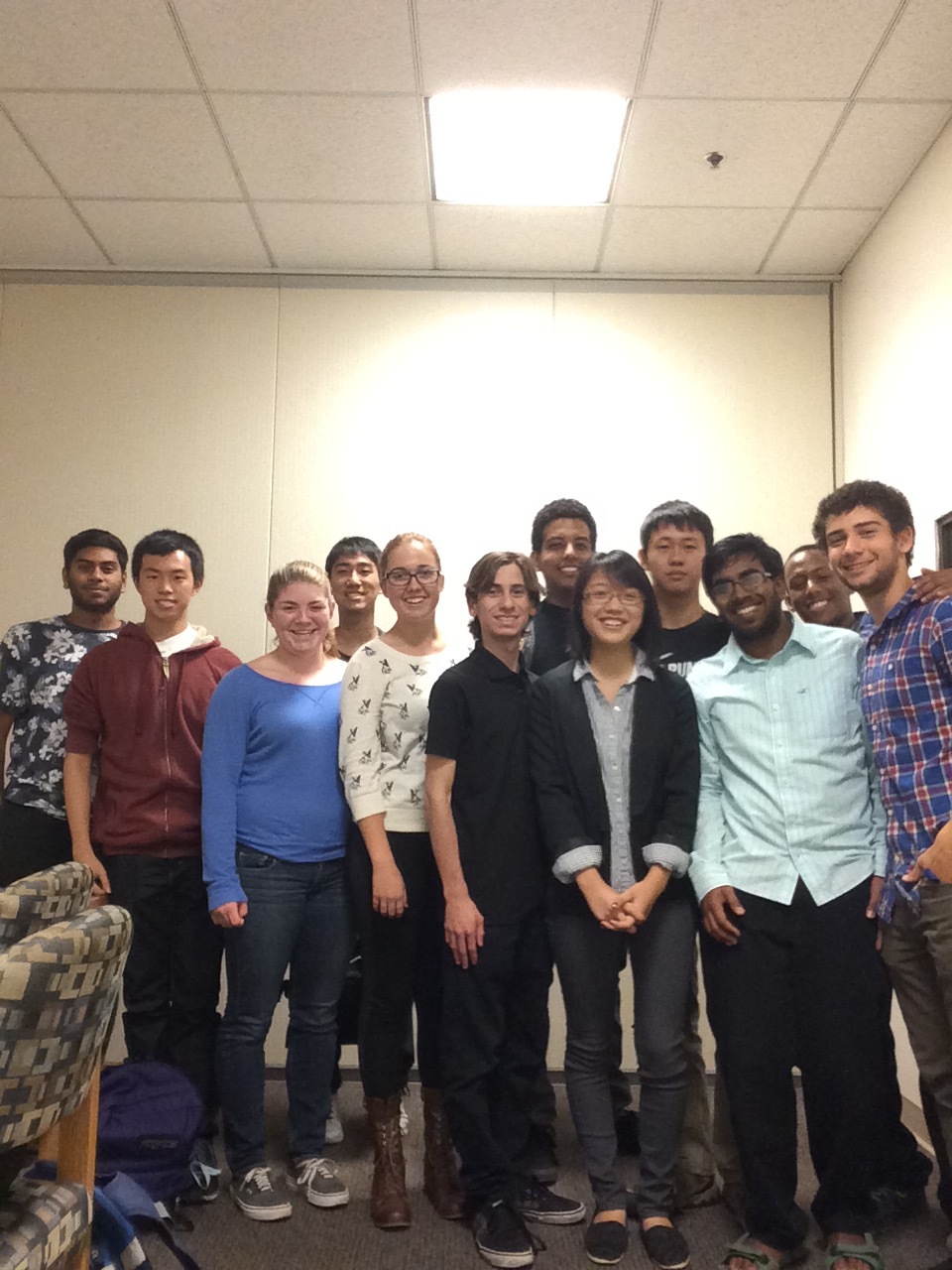

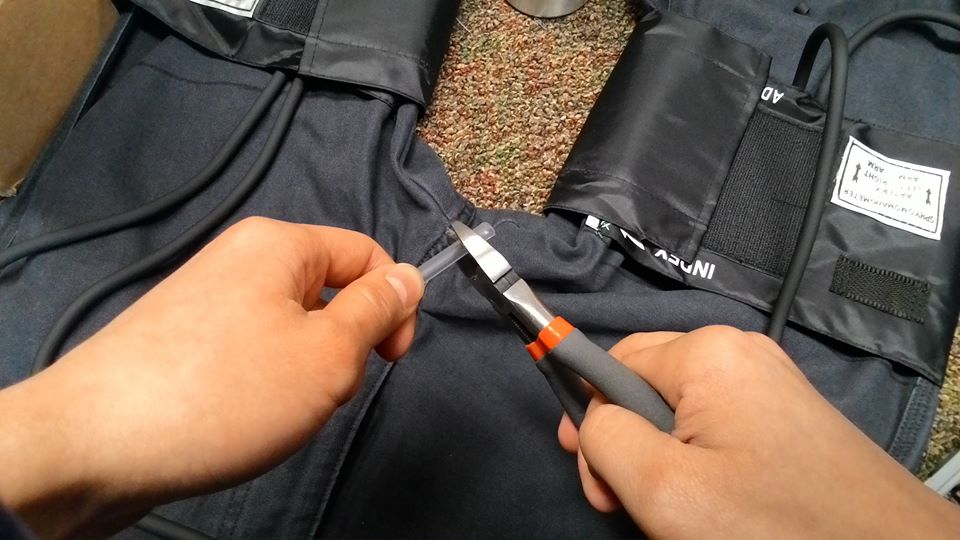
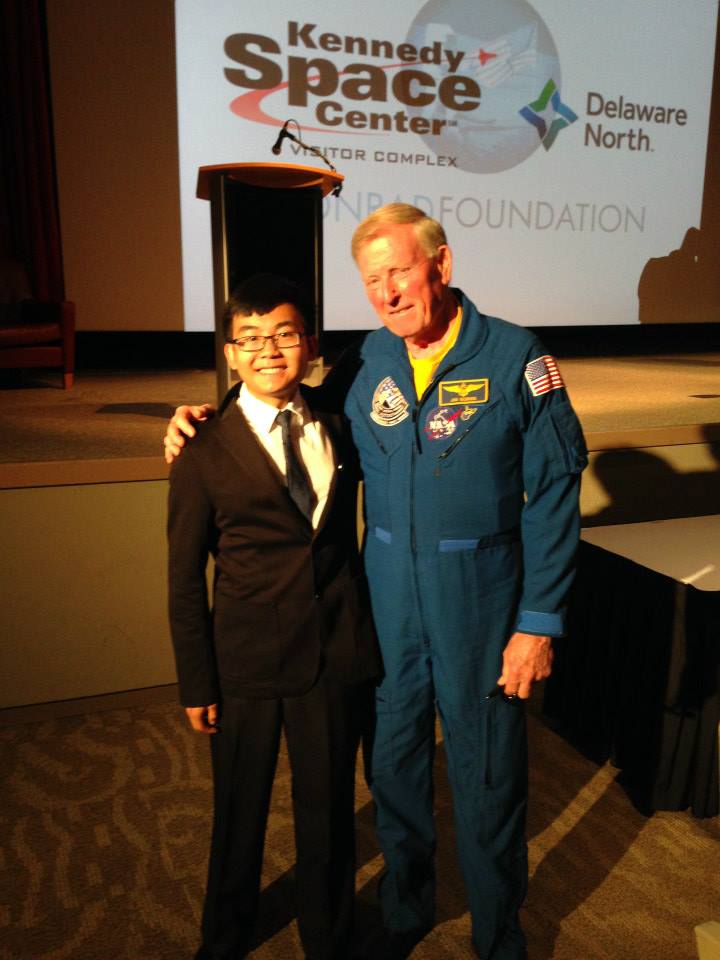
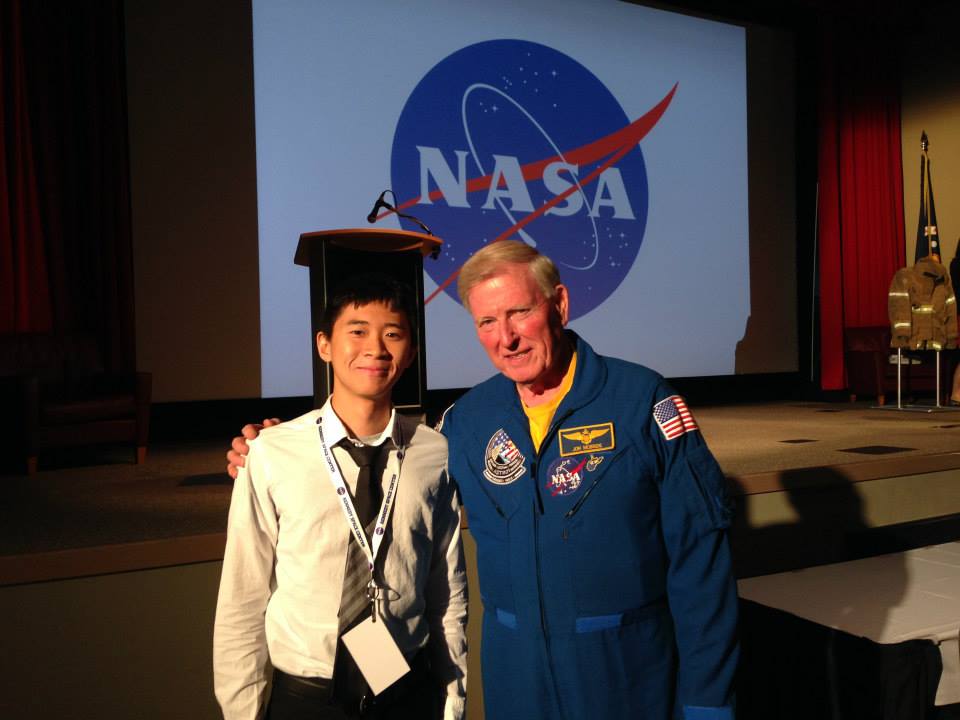

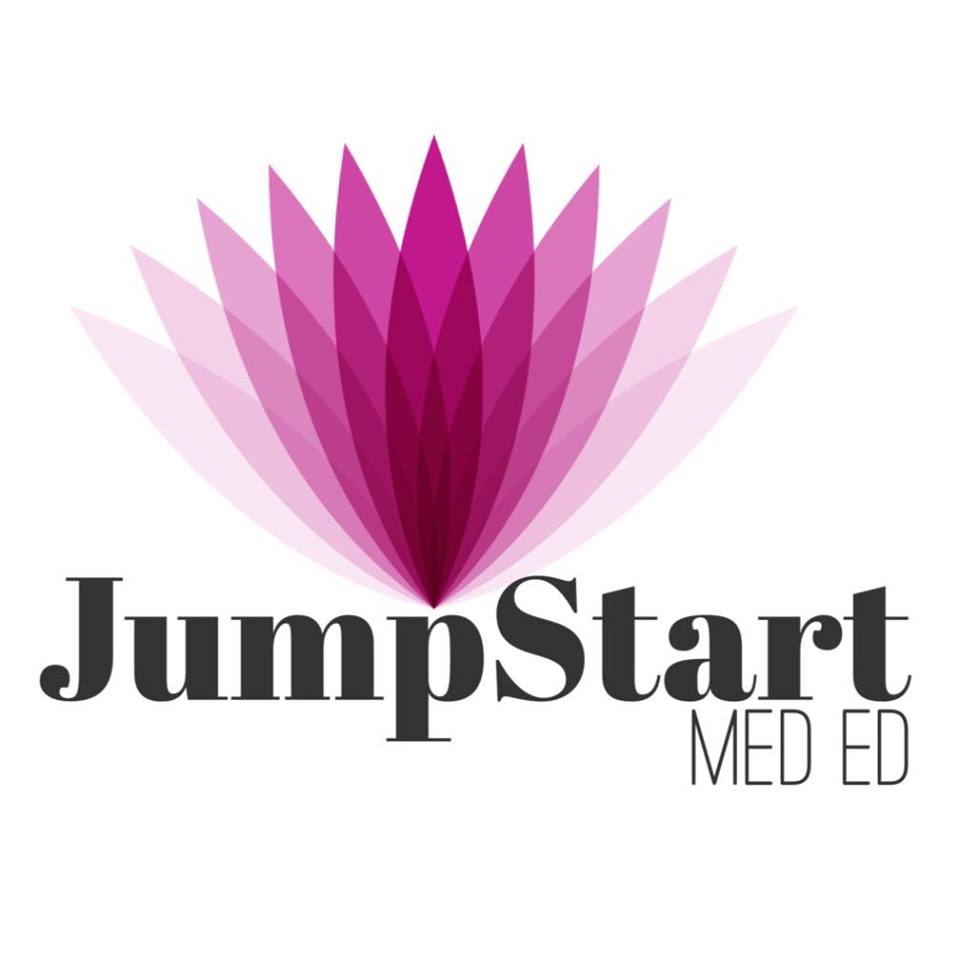
Hard Sciences
Aether (September 2014, ongoing):
Drug Discovery, Pharmacokinetics, Materials Science and Engineering
Patient noncompliance introduces human error to medicine and limits the extent of effective clinical care.See more.
Asthma is the #1 chronic medical condition for American Children. Chronic Obstructive Pulmonary Disease, or COPD, is the third-leading cause of death in the United States. There are over 3,300 deaths every year due to asthma and 130,000 due to COPD. Furthermore, these conditions also limit the activities patients can participate in.
In the USA alone, there are almost 2 million visits to the emergency room and hospitalizations for asthma and asthma-related complications per year (this does not include primary care office diagnoses, which is over 14.2 million annually). At least 1 in 12 adults and 1 in 10 children suffer from asthma in the United States alone accounting to over 25 million people. Respiratory issues and asthma are the most prevalent chronic medical condition for American children and total costs of asthma can accumulate to a total cost of $56 billion dollars per year (as of 2007). The inconveniences of design and usage limitations of standard care technologies if corrected, can lead to preventative medical care, decreased patient noncompliance, emergency room visits and by extension: lower healthcare costs.
A portable, automated patch can simplify this process by regulating and dispensing the necessary amount of medication that a patient requires systemically, directly through the skin. This device will be low-profile, noninvasive, water-resistant, easy to use, affordable, and durable, in order to reduce the hassle and any possibility of patient noncompliance. The types and doses of medication must be carefully programmed by a medical professional to ensure proper treatment. Transdermally administered medication has proven to be successful in the past in the treatment of chronic pain. To test the viability of such a versatile transdermal delivery system, we will attempt to replace traditional medication for chronic obstructive pulmonary disease (COPD) patients using prednisolone. The inconvenience of frequent dosing, multiple pills, and inhalers are major contributors to noncompliance. The patch aims to relieve acute and/or chronic asthma symptoms and treat COPD before it reaches serious and potentially life-threatening levels.
Team Leader: Gautam Ramesh (current point of contact) and Benyam Alemu (founder)
Awards: UCSD Pulmonary and Critical Care FISP Fellowship: Enriching Human Life and Society, NSF Innovation Corps for Product Development (tied, youngest team to ever be invited to the program)
Carcino (September 2015, ongoing):
Molecular Biology, Oral Diagnostics, Biomedical Engineering
Carcino aims to create a low-cost, personalized diagnostic device that monitors patients’ health through salivary analysis.See more.
The objective of this project is to allow for the average consumer to access basic information about their state of health, ranging from the risk of having an inflammatory disease to the probability of catching the common cold. By combining the principles of microfluidics, microsensors, and algorithmic paneling, Carcino is engineering a device that provides its users with a comprehensible perspective on their physiological imbalances, which, most importantly, will be captured non-invasively through their saliva.
Salivary diagnostics is a very new, upcoming form of biological monitoring that promises less invasive means of providing a perspective on one’s health. Conventional methods use blood tests as a means of diagnosing illnesses/imbalances in patients. These tests require the presence of nurses or doctors that are qualified to draw blood and follow through with a metabolic panel or blood count. Such requirements limit the ability of patients to monitor their health independently, and creates an overall reliability on the specializations only offered by nurses and doctors. This leads to an overall escalation of healthcare costs, and with the dramatic rise currently seen in demands for more ample and improved healthcare, extreme deficits are being experienced by national health services. The NHS in England alone estimates a £30 billion excess in spending by 2021 because of such increases in costs and demand of service. As a result, many technological corporations are beginning to drive a new wave of personalized diagnostic devices that place the power in patients’ hands. By doing so, the restrictive, dependent nature of healthcare diagnostics will be substituted by layman-friendly systems. This can be shown by Qualcomm’s Tricorder XPRIZE competition, which is calling upon teams around the world to bring such a device to life.
Our goals are no different, for Carcino aims to take advantage of salivary analysis to create an accessible, low-cost monitoring device available to the homes of every patient. This would not only allow for more patient-doctor flexibility, but also more readily available information for doctors to access. Our vision is to be a part of the movement towards personalized healthcare tools, and to allow for individuals to more proactively monitor their health, while also promoting a more efficient relationship with their doctors.
Team Leaders: Soham More, Student Entrepreneur and Keenan Correra, SENDforC Hard Sciences
Awards: NSF Innovation Corps for Product Development (tied, youngest team to ever be invited to the program)
JumpStart Medical Education (October 2015, ongoing):
Undergraduate Health Education, Graduate School Prep, Service Corps
Medical School courses are like "drinking water from a fire hose", as many students are overwhelmed with the severe acquisition of advanced health graduate preparatory content. This sharp learning curve often leads students to stress, severe depression, insecurity and a variety of adverse side effects.
JumpStart Med Ed Inc. is a SENDforC derivative 501(c)3 filing startup program which created a free 15 week preparatory course in a USMLE format and various disciplines focusing on health equity. The after-school session is hosted at UC San Diego with partnerships at other community colleges and universities and includes an online companion course and test preparatory material along with clinical involvement opportunities.
Website Link: http://jsmeded.ml
Team Leader: Amareen Dhaliwali, Director of Undergraduate Medical Education
Engineering
gISMO (September 2014, April 2015):
Aerospace Engineering and Physiology
A manned mission to mars has been a dream of mankind for many years. This distant goal, however, is teeming with major obstacles. One of which is the lack of gravitational forces as experienced on earth. Because of prolonged exposure to the no gravity environment, humans experience a phenomenon called bone osteopenia, the rapid decay of bone mineral density. In regular space missions, this is resolved through extensive medical care and bone rehabilitation programs once the astronauts return to earth. However, in a mission to mars, the bone loss is much greater due to the longer travel time and there is extremely limited medical care available once the astronauts reach mars. Without a strong bone structure, the astronauts can seriously injure themselves with the weight of their own bodies and equipment.
gISMO (gravity-simulating inflatable sleeping module) addresses this problem by applying a radial force to the bone structure as the user sleeps. By applying a mechanical force to the bones, the skeleton will remodel itself, building structural integrity enough to withstand the forces it must bear. The design of the device enables the user to build bone mineral density while they sleep, without taking time out of their working day.
Team Leader: Steven Liang, SENDforC Engineering and Technology Officer
Awards: NASA and Conrad Spirit of Innovation Top Undergraduate Global Team in Giant Leap to Mars and Aerospace & Aviation Categories, Flew over to Kennedy Space Center Complex
Revive! (September 2015, ongoing):
Pre-Health Services and Biomechanics Engineering
Prosthetic designs have come under great attention in recent years. It is an interesting field that unites the innovation of engineering and the spirit of health services. Under SENDforC, Team Revive! plans to contribute its research to public health and to the prosthetics community.
Currently, we are working with replaceable and extendable/retractable mechanisms; we are convinced that it will make allow prosthetics to become a universal product, thus reducing costs. In order to ensure this, the team is testing 3D printing technologies while exploring novel materials and developing functionality that will ensure patients’ satisfaction.
Team Leader: Seyoung Park, SENDforC Engineering
StRIVE (November 2015, ongoing):
Computer Engineering, Cognitive Science and Rehabilitation Design
In the greater San Diego County, 78.5% of adults without disabilities ages 21-64 are employed. Their disabled counterparts, however, suffer from an employment rate of only 40.9%. SENDforC is partnering with StRIVE, a UCSD Student Organization to break down the wall that separates the disabled from their non-disabled peers to promote independent living through employment, communication, health awareness and vocational skills.
A partnership with the Transitional Resources for Adult Community Education (TRACE) department of the San Diego Unified School District has been formed to attempt to meet the specific professional, cognitive, social, recreational and rehabilitation needs tailored to each student. The vision is of agile engineering, connectivity devices and virtual reality to link the physical-digital world in order to provide transformative learning opportunities to allow nonverbal students to communicate.
Team Leaders: Robert She, StRIVE Coordinator
Alexandria Ongjoco, SENDforC Clinical Coordinator
Benyam Alemu, Biotechnology and Health Design Lead
NETS (launching):
NanoEngineering; Nanofabrication, Energy and NanoBioTechnology
NETS (NanoEngineering, Technology and Society) is the undergraduate student-organization affiliated with the UCSD NanoEngineering Department. With the depth and power of SENDforC Engineering, they are designing and prototyping devices to provide societal benefit through the creation of new materials.
The current topics considered are:
Energy harvesting using piezoelectric materials
Biological sensing using plasmonic nanoparticles
Portable water filter for developing countries
Team Leaders: Richard Miller, SENDforC Engineering Track Lead
Mani Ramesh, NETS Projects Chair
Computer Science
Homeostatus (launching):
Digital Health, Wearables, Healthcare Economics and Sociology
Homeostatus is a customizable mobile healthcare management platform under development for patient medical education, preventative statistics tracking, and clinical research diagnostics. Mobile technologies can provide immediate, actionable information to the public, bolster individualized precision medicine, and garner information for large-scale population research, while lowering healthcare costs by reducing patient noncompliance.
We are focusing on making annual physical examinations and acquisition of patient statistics a daily occurrence through an array of sensors and smart devices. Clinical-academia partnerships will allow us to provide free vouchers as incentives to participate, enable long-term research collaborations, and discounted healthcare preventative measures for populations with significant need.
